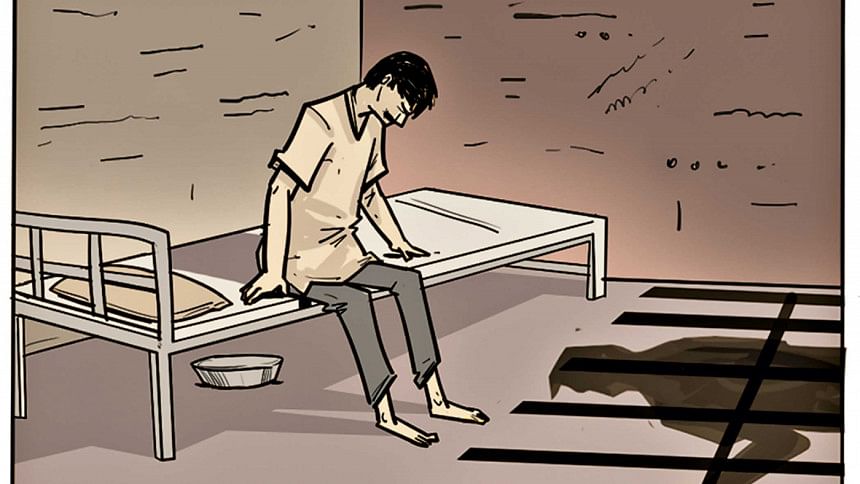International Day of the Victims of Enforced Disappearances 2022: Where do they disappear to?

"How are our loved ones? Are they eating well? Are they being tortured? Are they… alive?"
These questions haunt the family members of the victims of enforced disappearance as they spend agonising weeks, months and years, holding out hope against all odds.
At least 522 people have become victims of enforced disappearance between 2009 and 2018 in Bangladesh, according to various human rights organisations.
Most survivors who come back home after being released from their forced captivity stay away from the public eye, never revealing where they were or who took them. A March 2022 study by the Centre for Governance Studies (CGS) tracked down cases happening between 2019 and 2021 and found that of the 30 percent of victims that were released, or officially arrested and thrown in jail, not one spoke up.
But on condition of anonymity, five such survivors answered the questions asked most pertinently by their loved ones.
Even though their families had searched every alleyway, the survivors claimed that they were right around the corner in the capital.
All testimonies by survivors point to at least two separate centres in Dhaka city, allegedly run by a security force and a law enforcement agency, and a third centre in a southern district.
According to the claims made in the interviews, the centres are fully fledged illegal prisons, running on taxpayers' money meant for maintaining law and order and protecting the country.

 For all latest news, follow The Daily Star's Google News channel.
For all latest news, follow The Daily Star's Google News channel. 








Comments